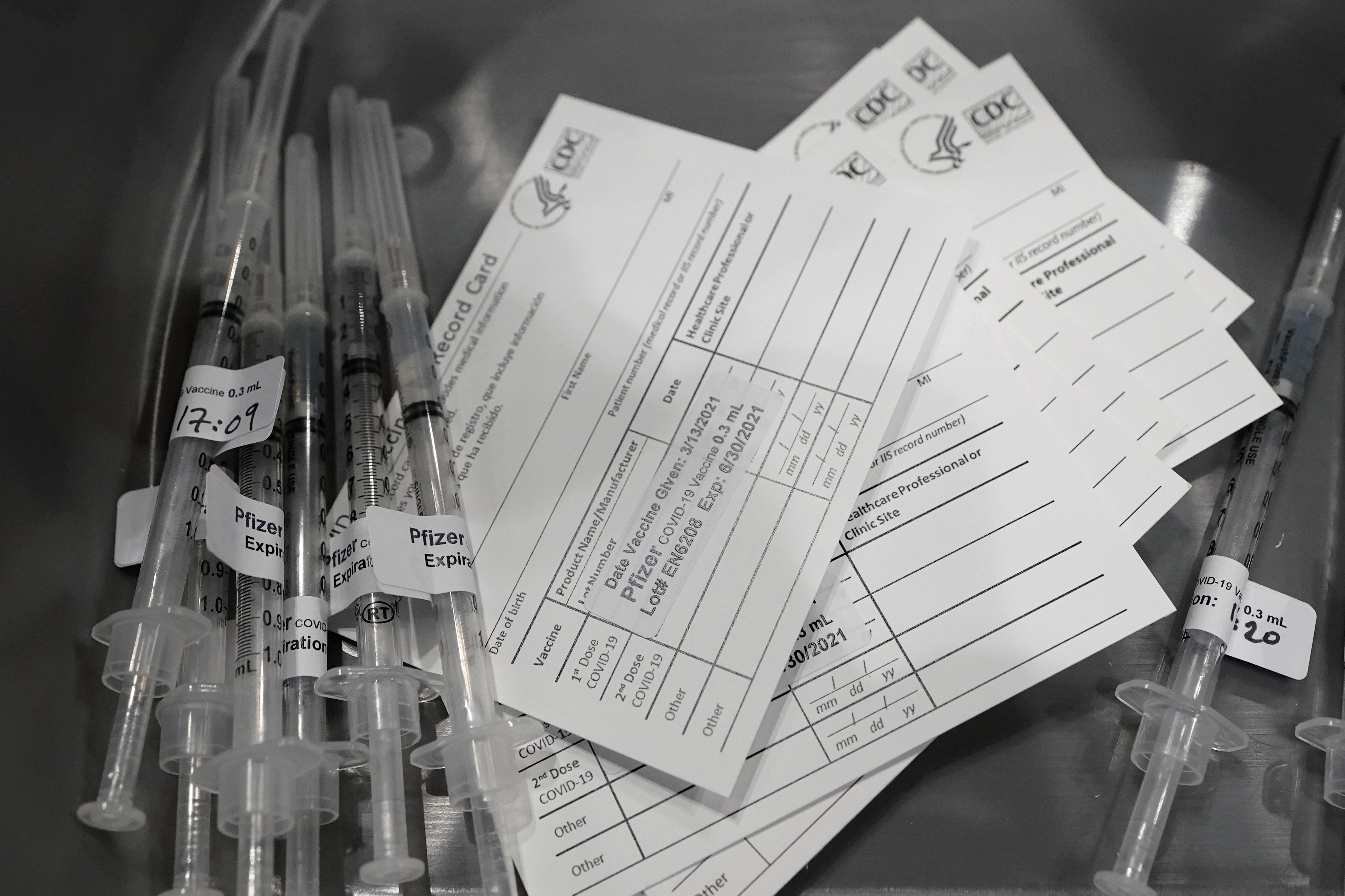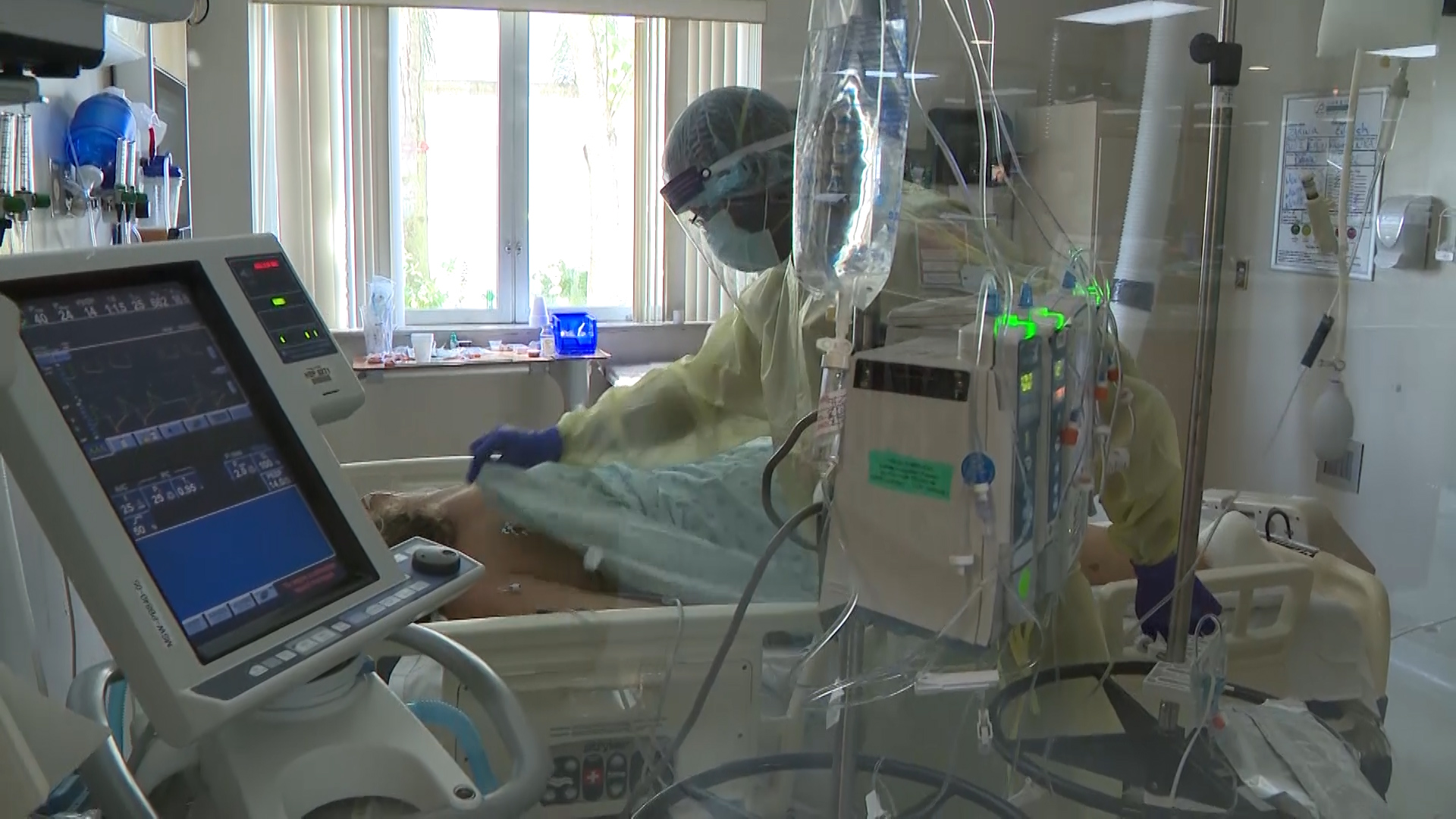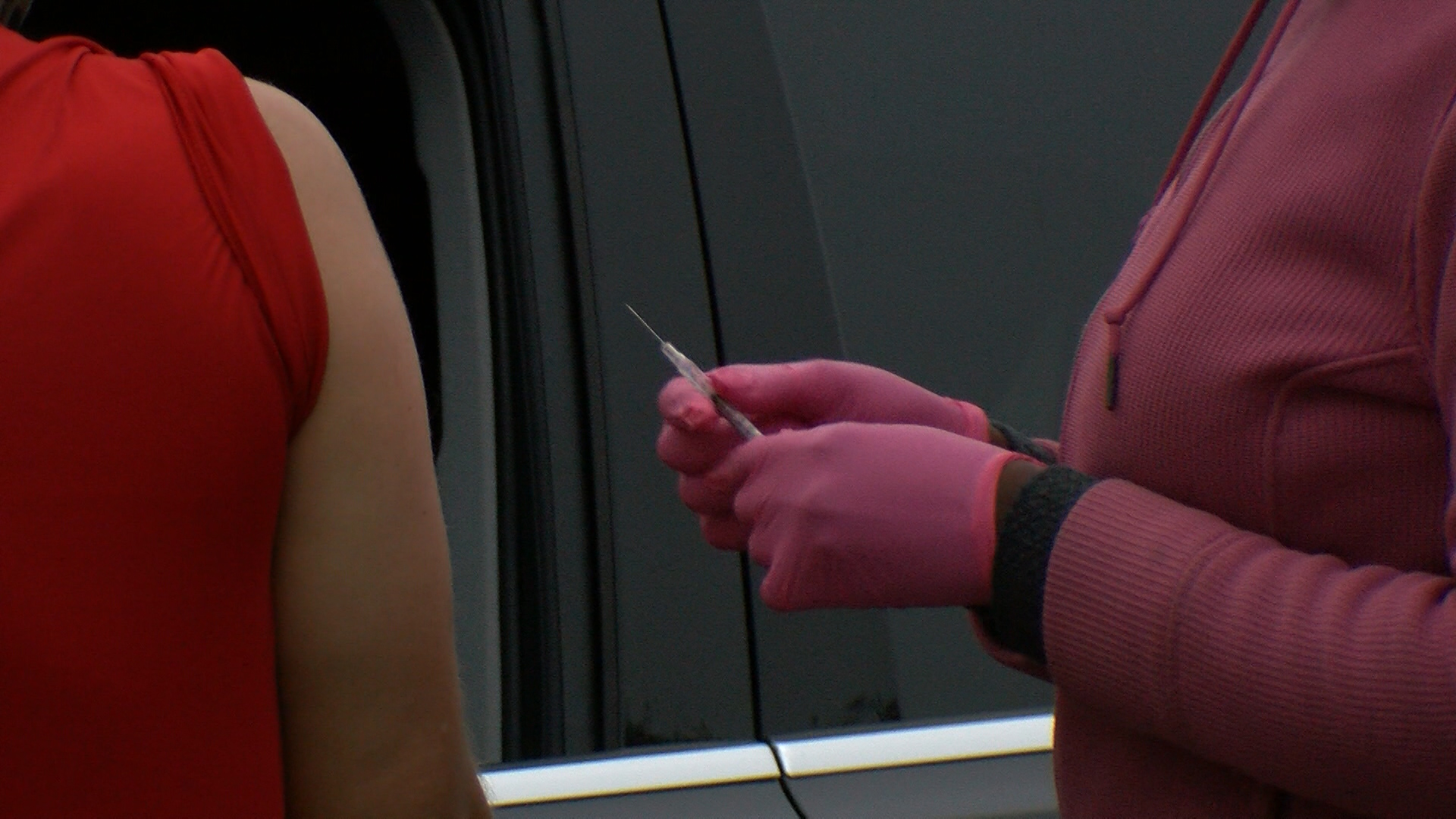(WJW) – The Centers for Disease Control and Prevention has updated its guidance on quarantining after exposure to COVID-19 with separate recommendations for vaccinated and unvaccinated people.
The guidelines are crucial for businesses, schools, and municipalities that are trying to safely return to some version of normality. The CDC has provided a series of steps to help people decide what to do after being exposed to the virus.
Exposure is defined as being within 6 feet of an infected person for a total of 15 minutes or more over a 24-hour period. However, there are different guidelines for people depending on their vaccination status.
If you’re fully vaccinated
You do not need to quarantine after exposure if you are fully vaccinated for COVID-19 unless the infected person has symptoms.
The CDC says you should wear a mask indoors until you get a negative test. The test should be taken three to five days after exposure. You should isolate for 10 days if you get a positive test result.
You are considered fully vaccinated two weeks after your two-dose shot of Pfizer or Moderna or your single-dose shot of Johnson & Johnson.
If you are not vaccinated
Those who are not vaccinated are asked to quarantine for 14 days after exposure, watch for symptoms and stay away from people with whom they live.
Ultimately, your local health department will determine specific guidance after exposure.
You should contact your health department and healthcare provider if you have been exposed to someone who has coronavirus.
Quarantines can be shortened after the seventh day if you receive a negative test result from a test taken on the fifth day or later.
Quarantining vs isolation
Quarantining is for people who have been exposed to the virus. Isolation is for people who are confirmed to have COVID-19.
Those who test positive for COVID-19 should be isolated from the rest of the household, including family pets, and use a separate bathroom if possible.
The CDC says not to share household items like cups or towels.










